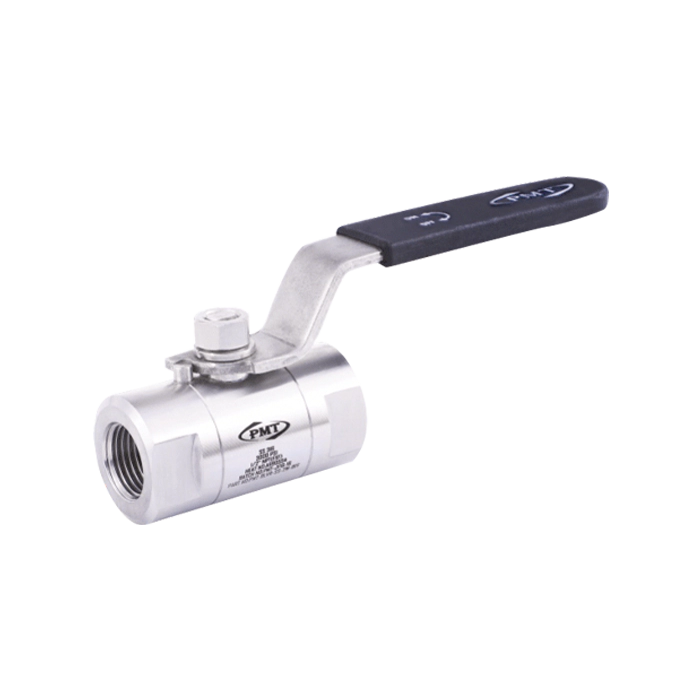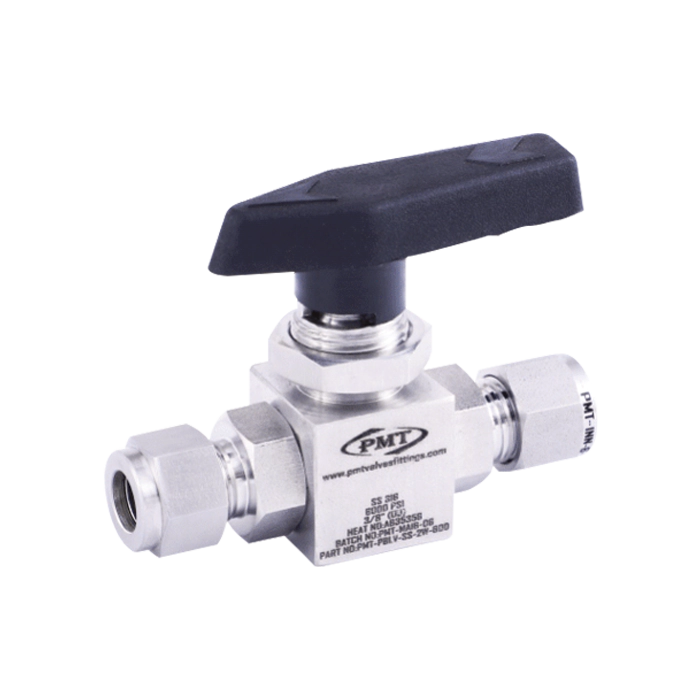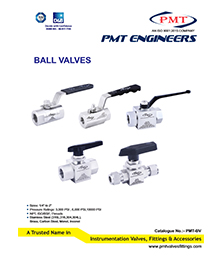| Standard Test | Each valve is factory tested with nitrogen at 1000 psig (69 bar) for leakage at the seat and packing, the maximum allowable leak rate of 0.1 sccm. |
|---|---|
| Optional Hydrostatic test | This test is performed with de ionised water at 1.5 time the working pressure. Other tests like vibration, temperatures, helium etc are available upon requests. |
High-pressure ball valves are robust and durable components specifically engineered to control the flow of fluids and gases under extremely high pressure conditions. Typically constructed from materials like stainless steel, these valves are designed to with stand pressures ranging from 1,000 to over 20,000 psi, making them suitable for demanding applications in industries such as oil and gas, petrochemical, power generation, and industrial machinery.
The ball inside the valve, which rotates to open or close the flow passage, is securely held in place by a trunnion or floating mechanism, depending on the design. The seats are often made from resilient materials like PTFE, PEEK, or metal to ensure a tight seal even under high-pressure differentials. High-pressure ball valves are known for their reliability, minimal leakage, and ease of operation, often featuring features like blow-out proof stems, fire-safe designs, and anti-static devices to enhance safety and performance in critical operations. Their ability to handle both corrosive and non-corrosive media at high pressures, combined with their longevity and low maintenance requirements, makes them an essential component in high-stakes environments.




